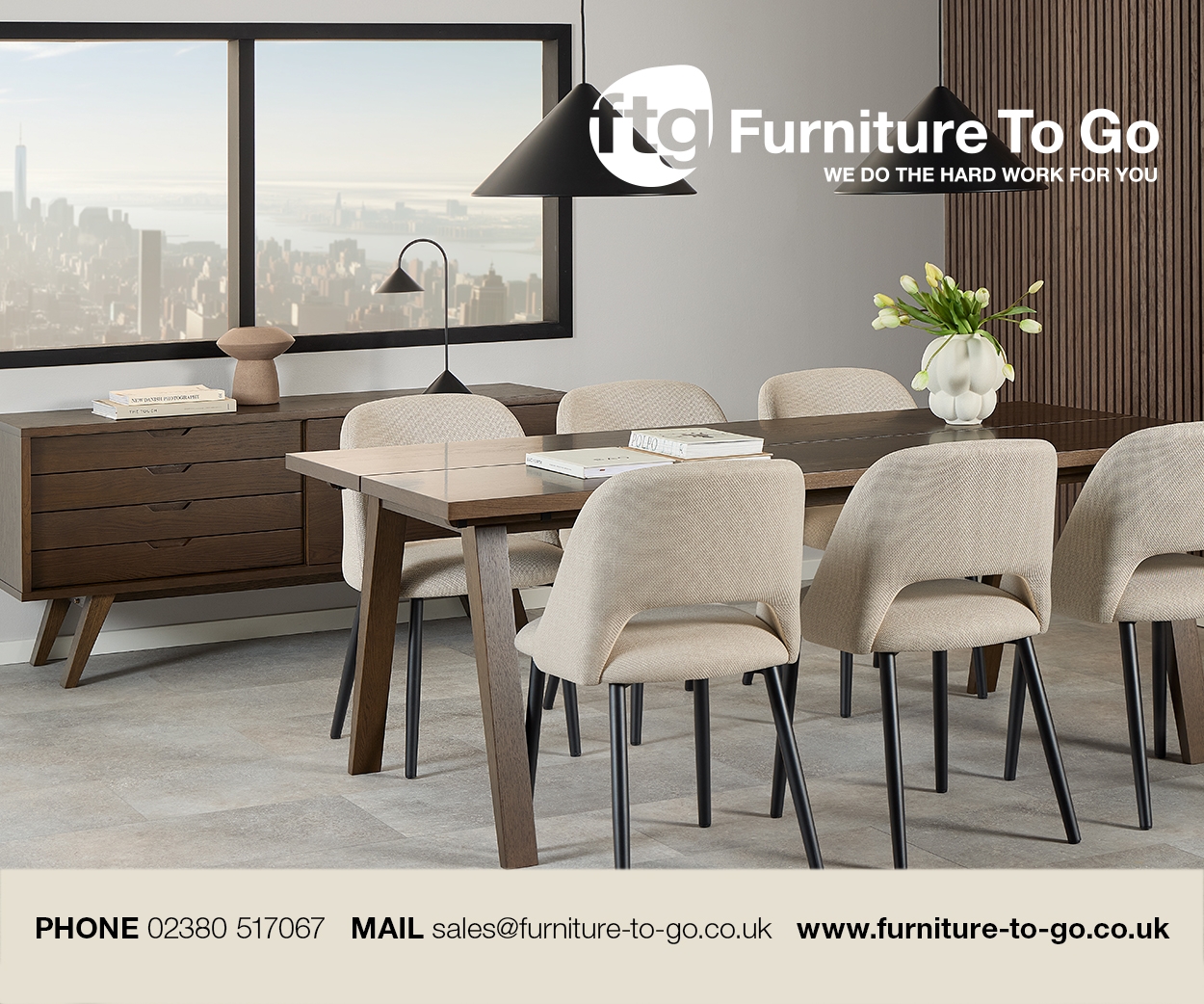Iconography is heading to the postponed January Furniture Show this April (provisionally on stand 2-G5) to tell visitors how it can take their ecommerce systems to the next level. Here, director Wayne Robbins explains why the need to upgrade retail IT systems is more pressing than ever …
Give us a quick summary of what kept Iconography busy in 2021 …
It’s been a great year – our best to date. We’ve been active within furniture producing sites for retailers such as Fairway and Peter Green. We’ve also rolled out OMNIS (our unified commerce platform) to a select number of furniture retailers who want a better way of doing things in this omnichannel age – online and in-store. These retailers want to raise their game and move on from relying on problematic integrations between legacy retail management systems and their ecommerce platform.
If you feel your IT system is underperforming, why is now a good time to overhaul it?
In our experience, many retailers out there are trying to be relevant to modern consumers and develop a meaningful online business in addition to their stores. Many, though, are hampered by the fact that they have old IT systems – which stifle their efforts to grow a meaningful online proposition.
The issue is there is a fundamental ‘faultline’ between online, in-store and back-office functions – data stored in different formats and different systems which needs to be moved and managed to keep the wheels turning.
Integrations can bridge the gap – however, there are often limitations, workarounds, operational inefficiencies and higher staff and running costs associated with this approach.
Now there are alternatives to this ‘old school’ approach – systems such as OMNIS Retail, purpose-built to meet the demands of omnichannel retailing.
Given all the demands on retailer spend right now, why should they prioritise this?
Good question – I think retailers should always think about how they can improve their operations and become more efficient (this saves time and money) and ensure they are a relevant and convenient retailer for consumers to engage with – online and in-store.
In essence, this is the promise of unified commerce platforms such as OMNIS. The truth is that making do with old tech has costs – you may well need more user licences and more staff to manage inefficient workflows and processes.
Why not take a shortcut and simply link up with an online store?
We’ve been linking our websites to legacy systems for years. This is the approach we think is past its sell-by date.
Integrations work – but they can be high maintenance and do throw spanners in the works, daily, weekly, monthly. For furniture-related examples please have a look here.
Give us an idea of the capabilities retailers can discover by taking their system to the next level …
How about, it’s Wednesday afternoon, and you want to place purchase orders on your suppliers for made-to-order products associated with customer special orders. Whether that order occurred in store A, B or C, via the phone or from the website, all orders should be in one place, easily identifiable as customer special orders, and quickly grouped and collated onto purchase orders with relevant suppliers.
The orders can then be placed and fully managed through one system.
… and the headaches and limitations they can say goodbye to …
The integration issues link above gives you a flavour. One thing is when problems arise on the website – problems that could be caused by the integration or changes made in the legacy system. A retailer is often caught in the middle and issues can take time to investigate and resolve.
Let’s say a whole new furniture collection (all the product data, descriptions, images, dimension, pricing, swatches) has been added to the legacy system – and somewhere in this data are characters which the integration doesn’t read, or mis-reads (so the data doesn’t get to the website, or formats with errors and looks a mess). Hours of work are wasted, a weekend's promotional activity lost.
This is the sort of thing that simply cannot happen with a unified commerce system – because everything is underpinned by a single common database. You aren’t moving data between different databases (with different data structures and rules) via integrations. Retailers are not exposed to the problems that inconsistency and anomalies between datasets cause. It’s a big deal, as many retailers will tell you.
How does Iconography work with its customers in ways that might differ to its competitors?
Difficult to say. We picked up a number of clients from the furniture sector last year who had been let down by legacy software companies operating in the sector selling them Shopify- or WooCommerce-based sites which will integrate with their main system.

Selling furniture well online is complicated, and not everyone trying to sell you a website, based on third-party platforms, actually has the experience and technical skills of our team – I think that is the real difference.
Can you offer an anecdote or two about how user experiences can be impacted by poor technology?
Where do I start? I think legacy systems (primarily built for retail as it used to be) and integrations add to the pressures felt by internal ecommerce teams as they struggle to work efficiently and effectively to deliver the numbers online. Also, customers can be impacted, let down and disappointed – if they buy that cushion, or that lamp, and it isn’t actually in stock … or the lead time on that lovely sofa was wrong because the way lead times are calculated in the legacy system differs from online, or the integration didn’t update a change in lead times.
… and how it can be improved by good technology?
Big question. All I’ll say is, if you think the iPlayer offers you better features and more convenience than what went before (namely a VHS video recorder), the same is true of 21st-century omnichannel retail software.
How do you see ecommerce developing this year? Any key trends/developments we should be aware of?
It’s all about workflow automations, intelligent merchandising, personalisation and other forms of conversion rate optimisation – it has been for several years now.
Where/how can prospective customers find out more about your expertise and services?
Our website features quite a bit on what we do in the furniture sector, and we will be at the January Furniture Show this April, on stand 2-G5.
Wayne Robbins is a director at Iconography, whose integration-free solution, OMNIS, is a unified commerce platform which blends ecommerce, RMS, CRM and EPoS to free retailers of the constraints of their existing platforms.









